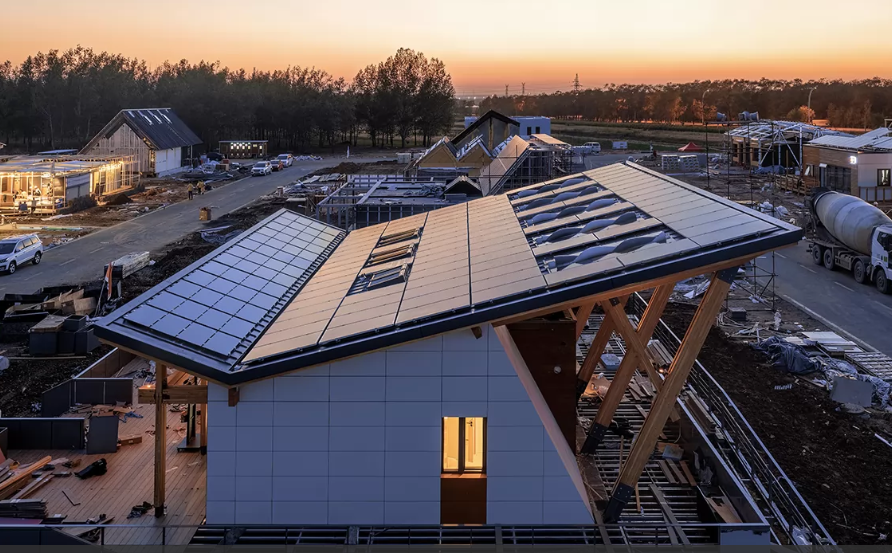The use of Integrated PV Systems (IPS) in buildings is a topic of increasing interest. By integrating solar panels into buildings, Integrated PV Systems can provide a clean, renewable source of energy for buildings, while also adding to the aesthetic appeal of the building. In this paper we will look at the application of integrated photovoltaic systems in the building sector.

Firstly, the use of integrated PV systems in the building sector can increase the energy efficiency of a building. While buildings typically consume large amounts of electricity and fuel, integrated photovoltaic systems can reduce the energy costs of buildings by converting solar energy into electricity and reducing reliance on conventional energy sources. It also allows for more efficient use of space in buildings as solar panels can be mounted on the building surface without taking up space in the building.
Secondly, the use of integrated photovoltaic systems in the building sector can also improve the sustainability of buildings. As a form of renewable energy, solar energy is extremely environmentally friendly and produces little or no harmful emissions or waste during its use. Therefore, by using integrated photovoltaic systems, buildings can be made more sustainable and have a reduced environmental impact.
In addition, integrated photovoltaic systems can also bring a better aesthetic effect to a building. As the appearance of the solar panels can be customised to suit the design of the building, they can be well integrated into the appearance of the building, making it more unique and aesthetically pleasing in terms of appearance. In addition, by using an integrated PV system it can also bring a higher brand value and brand image to the building, improving the corporate image and reputation.
Finally, the use of integrated PV systems in the building sector can also bring a number of benefits to the government and society. For example, governments can encourage businesses and individuals to install integrated PV systems through tax incentives, subsidies and other means, thus promoting the development and application of renewable energy. At the same time, society can also benefit as the application of more renewable energy can reduce the reliance on conventional energy sources and thus reduce the burden on the environment.
In conclusion, the application of integrated PV systems in buildings has a wide range of advantages and potential to not only provide clean, renewable energy for buildings, but also to improve the energy efficiency, sustainability and aesthetics of buildings, as well as providing government and societal benefits. We should therefore continue to explore and promote the use of integrated PV systems to contribute to sustainable development in the building sector.
Gain Solar is a carbon neutral solutions specialist company established in 2007 to provide green materials for Building Integrated Photovoltaics (BIPV).
Gain Solar BIPV products include solar curtain walls, solar glass, solar roof tiles, wall panels, greenhouses, railings and more. These systems feature frameless modules, concealed mounting and homogeneous surfaces and can have the appearance of any material or colour.If you need one, you can contact us!

Copyright:@2020-2021
Comments Please sign in or sign up to post.
0
0 of 500 characters used